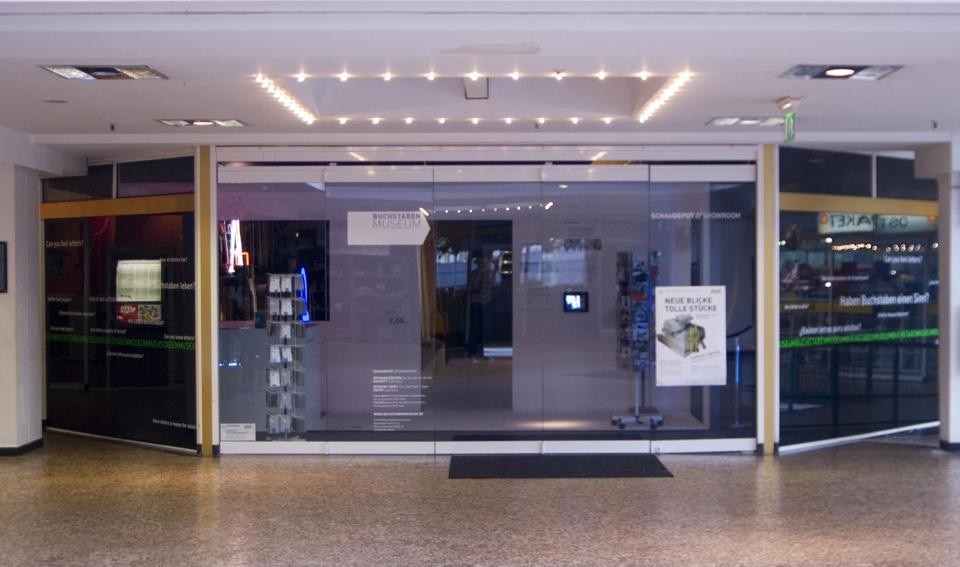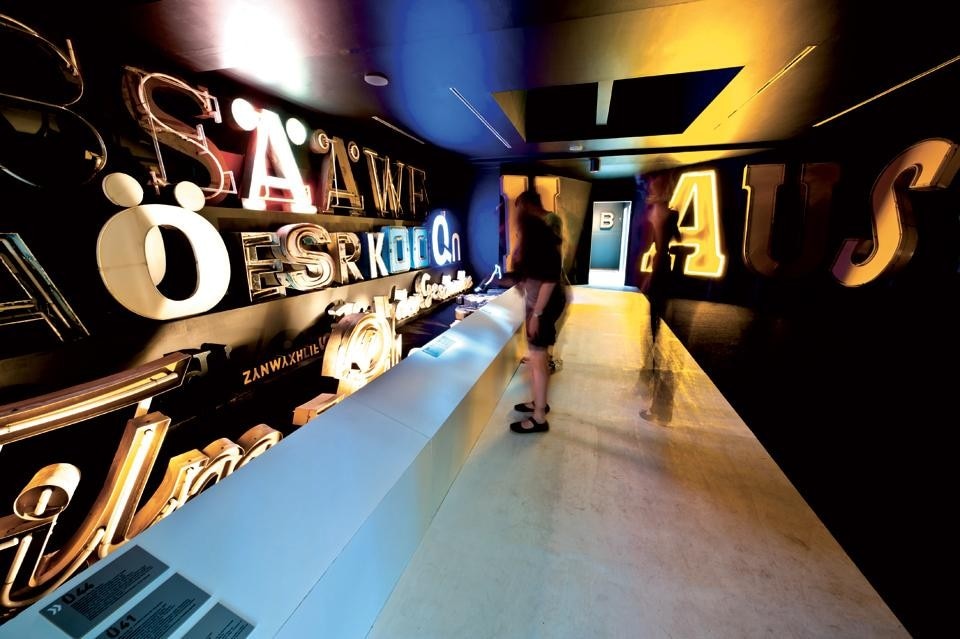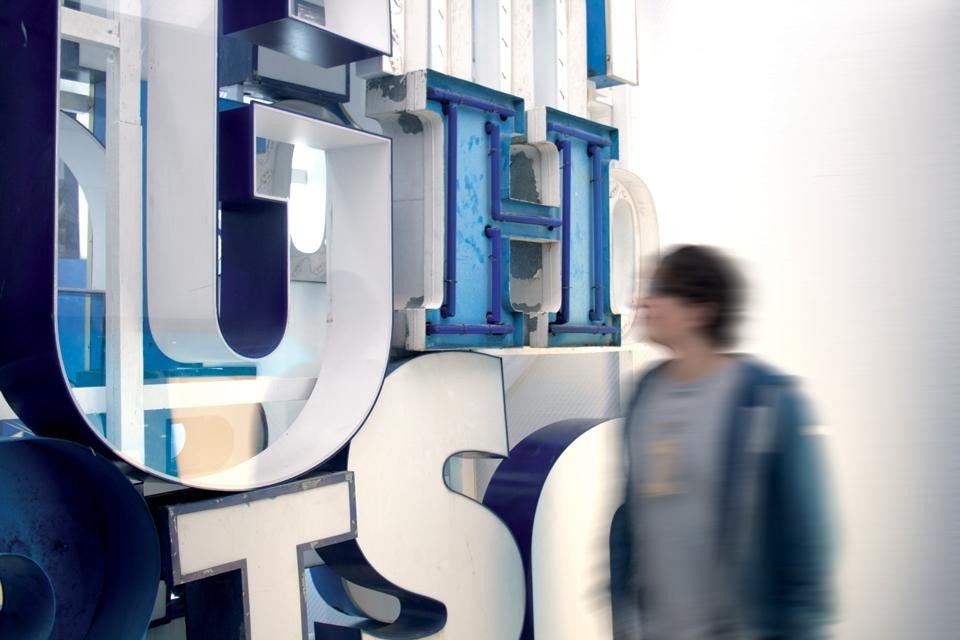
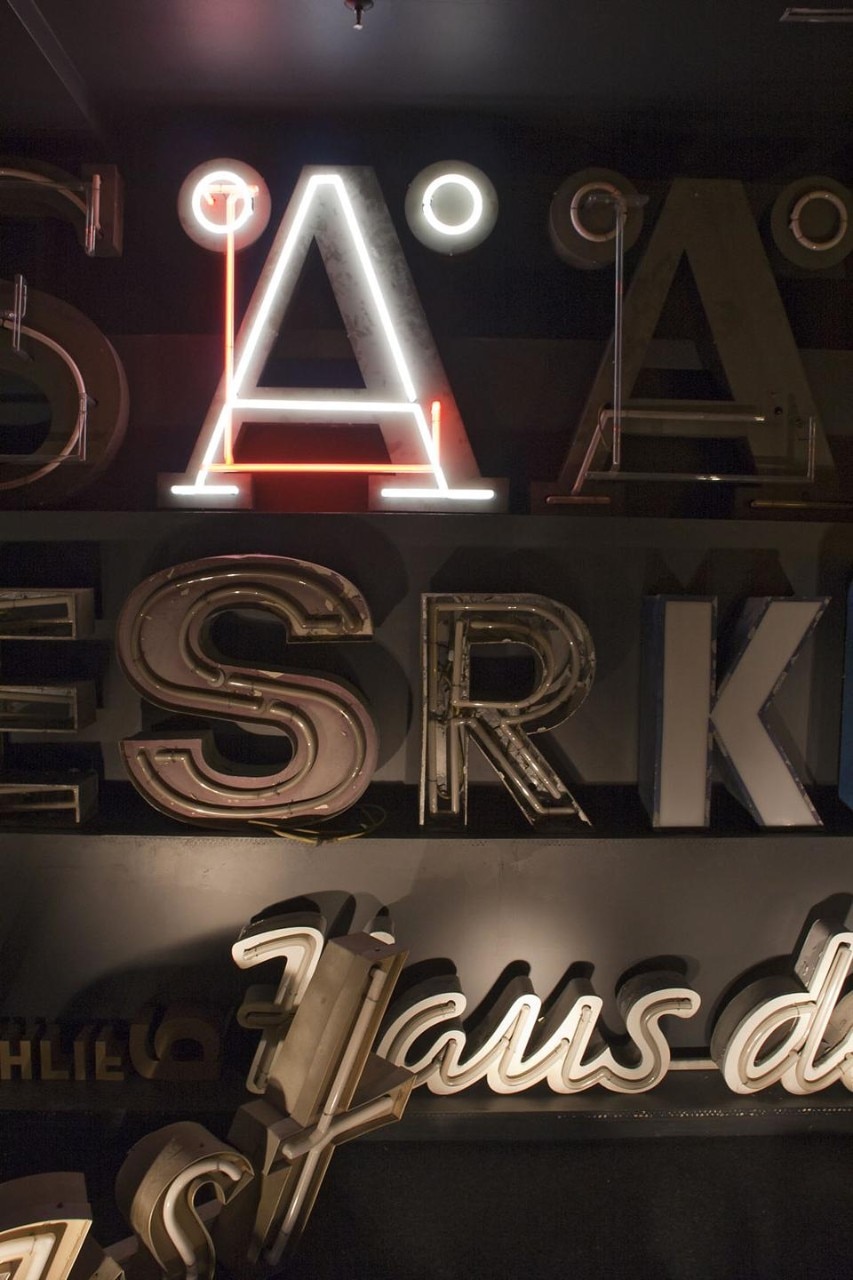
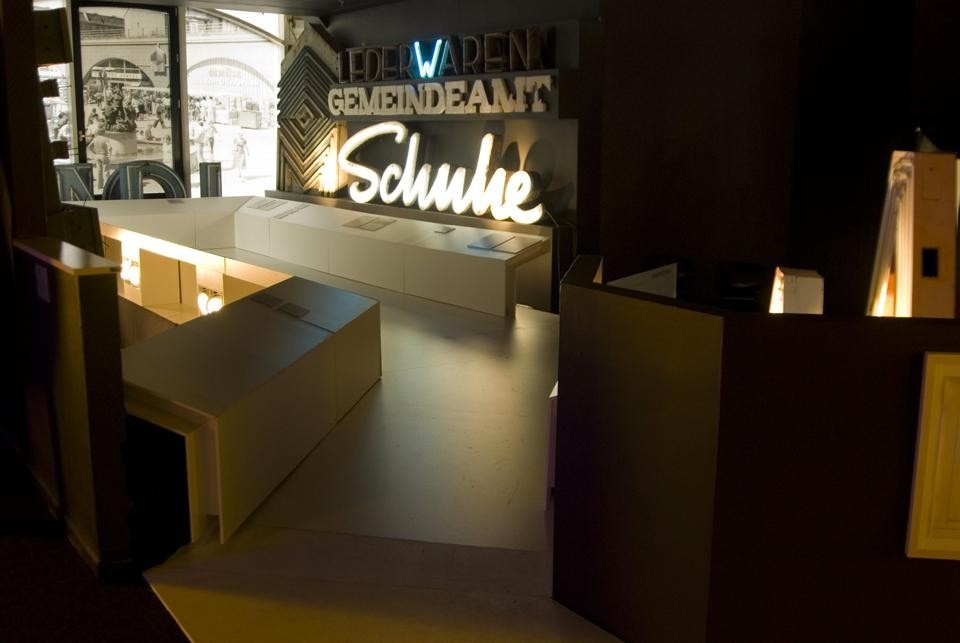
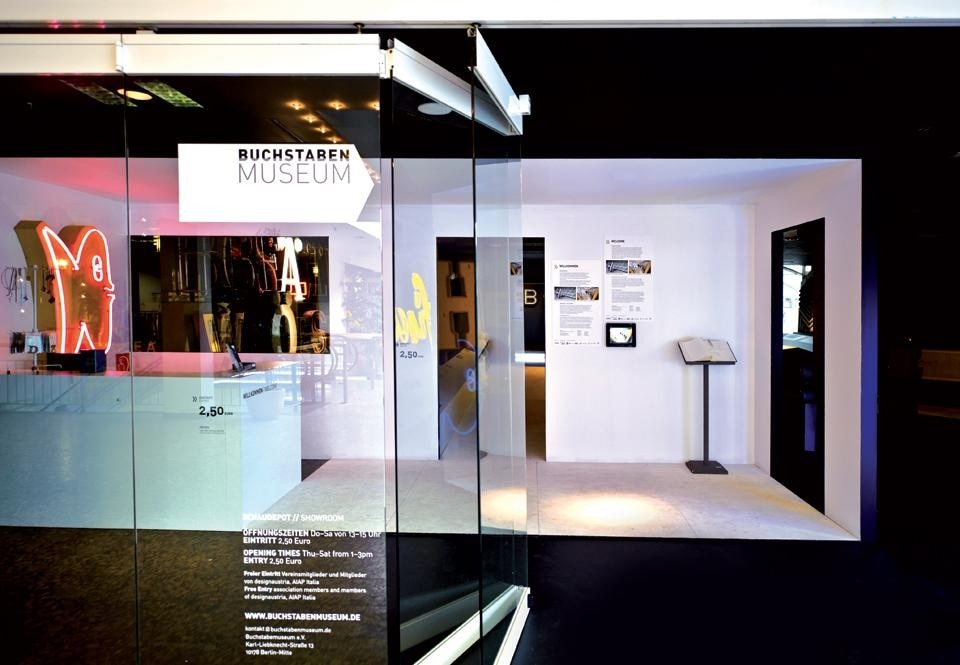
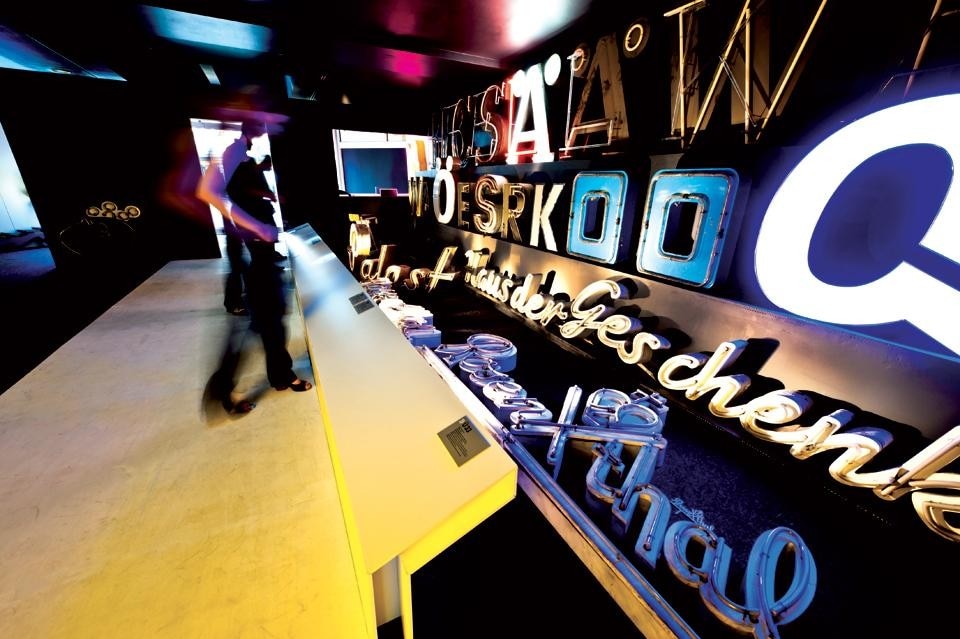
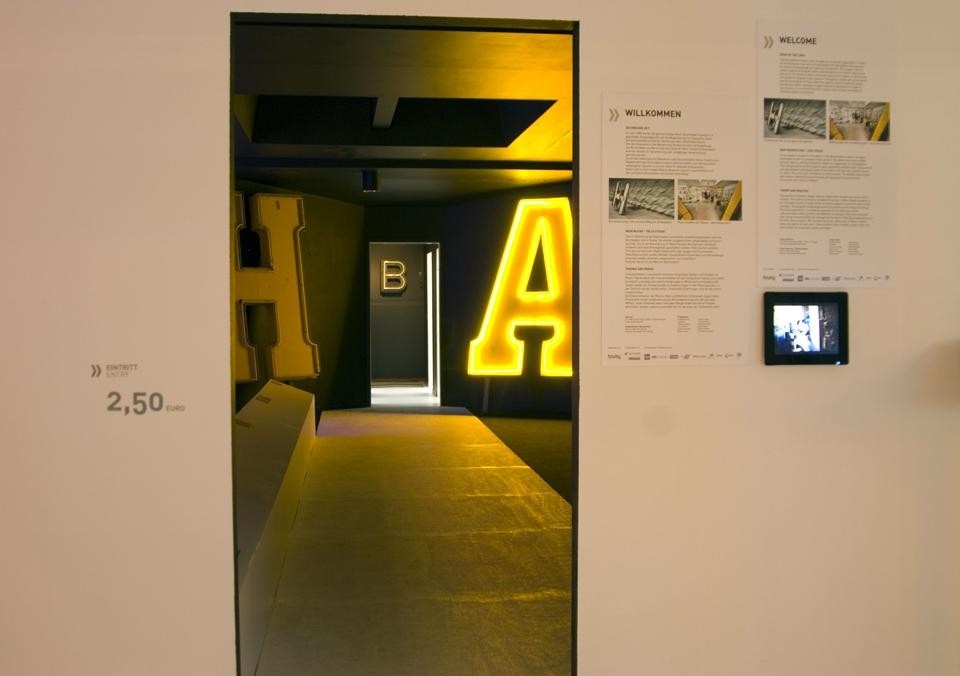
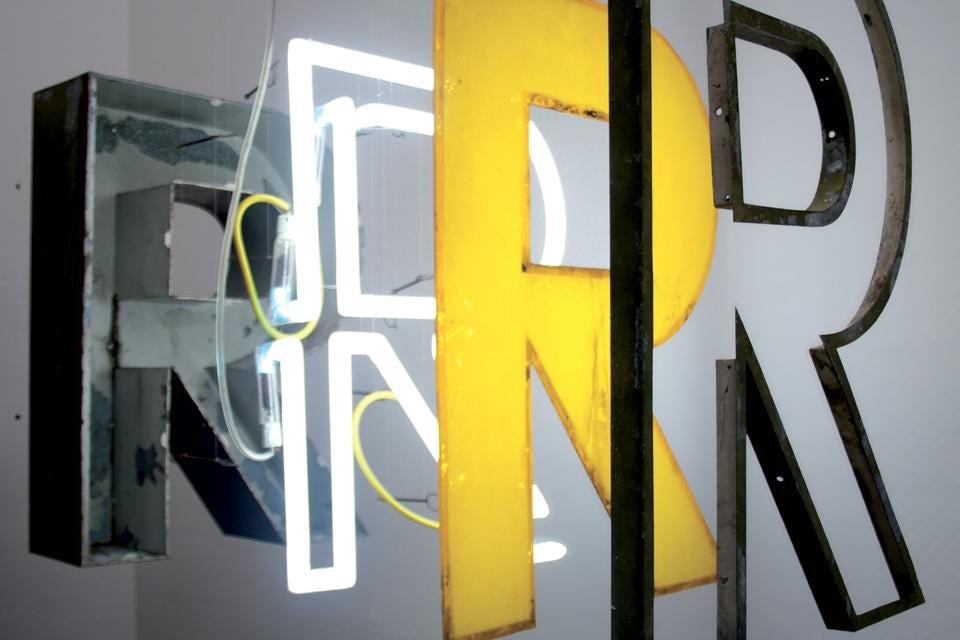
Karl-Liebknecht-Str. 13, 10178 Berlin-Mitte
Berlin Carré, 1. Floor
Design team: Elisabeth Auer, Lea Baie, Johannes Diller, Marcus Hahn, Levin Fuchs, André Grünwald, Malika Helle, Prof. Werner Kintzinger, Tobias Kunz, Sarah Lüthke, Johanna Maul, Katja Moltrecht, Steve Pfaffe, Sabine Pfeiffer, Eva-Maria Schaser, Wolfram Schmeisser
